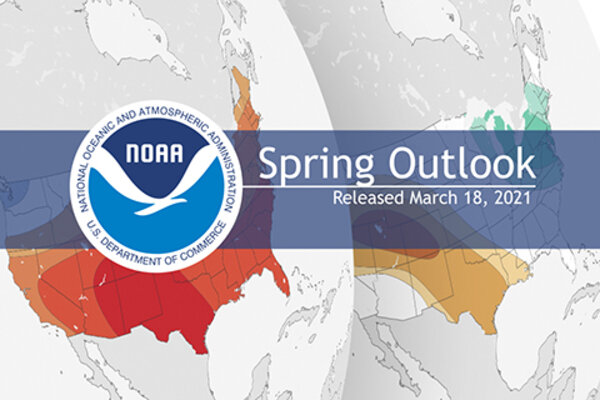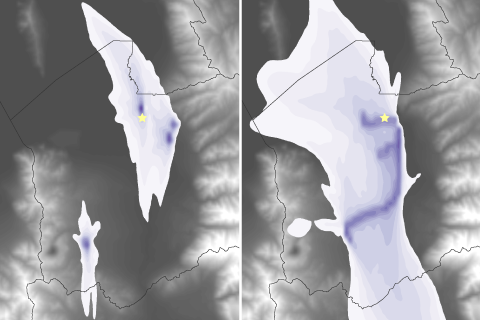
A single sensor deployed on a light-rail public train could provide as much information about the city's carbon dioxide emissions as 30 stationary monitoring stations, at a fraction of the cost.
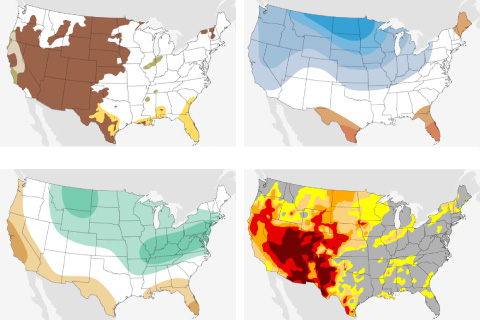
The February 2021 outlook favors a colder- and wetter-than-average month for much of the northern and central United States.
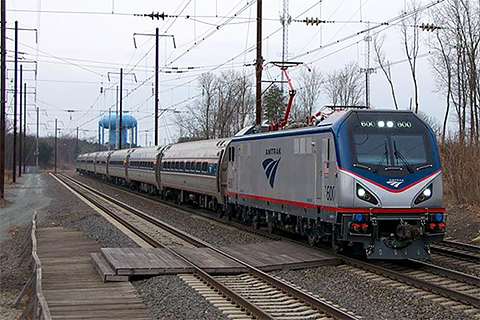
Hay un gran potencial para que las acciones colectivas de muchos individuos en todo el mundo reduzcan el calentamiento global mediante la realización de cambios en actividades diarias y anuales que producen gases y aerosoles que atrapan el calor.

Warmer conditions will pose new challenges for producers of Americans’ favorite side dish but advance knowledge and innovation will help potato growers prepare.
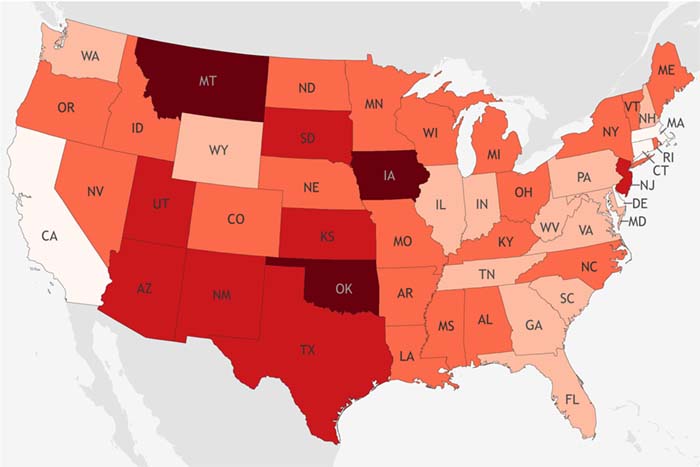
A new NOAA-funded index scores U.S. states' long-term vulnerability to drought, based on a combination of sensitivity, exposure, and their ability to adapt.

Join three heat experts to talk about how we map, monitor, and lessen the impacts of urban heat islands.
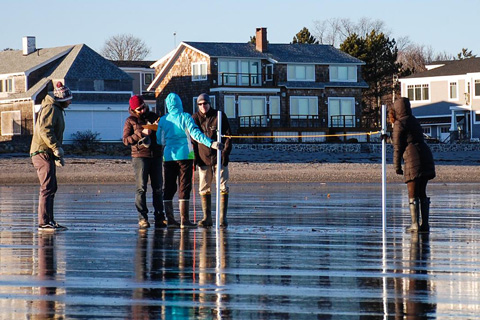
Volunteers in three states are recording changes to their local beaches, information that's vital to protecting and restoring their seashores.
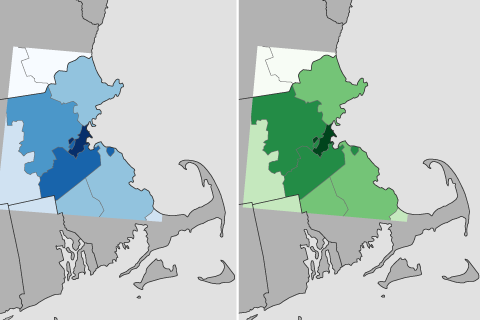
A zero-emissions path would provide significant air quality benefits for the city and surrounding counties.
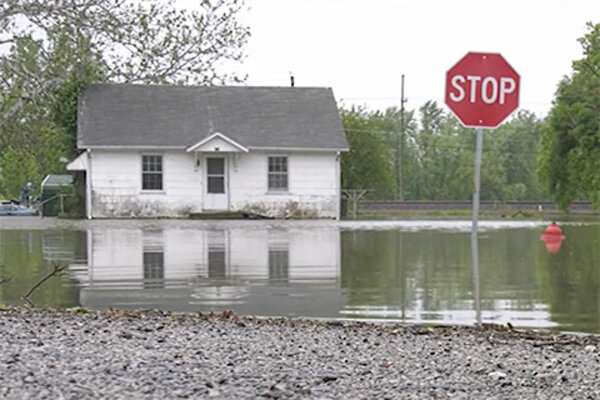
U.S. flood and climate outlook for spring 2020
March 18, 2020
